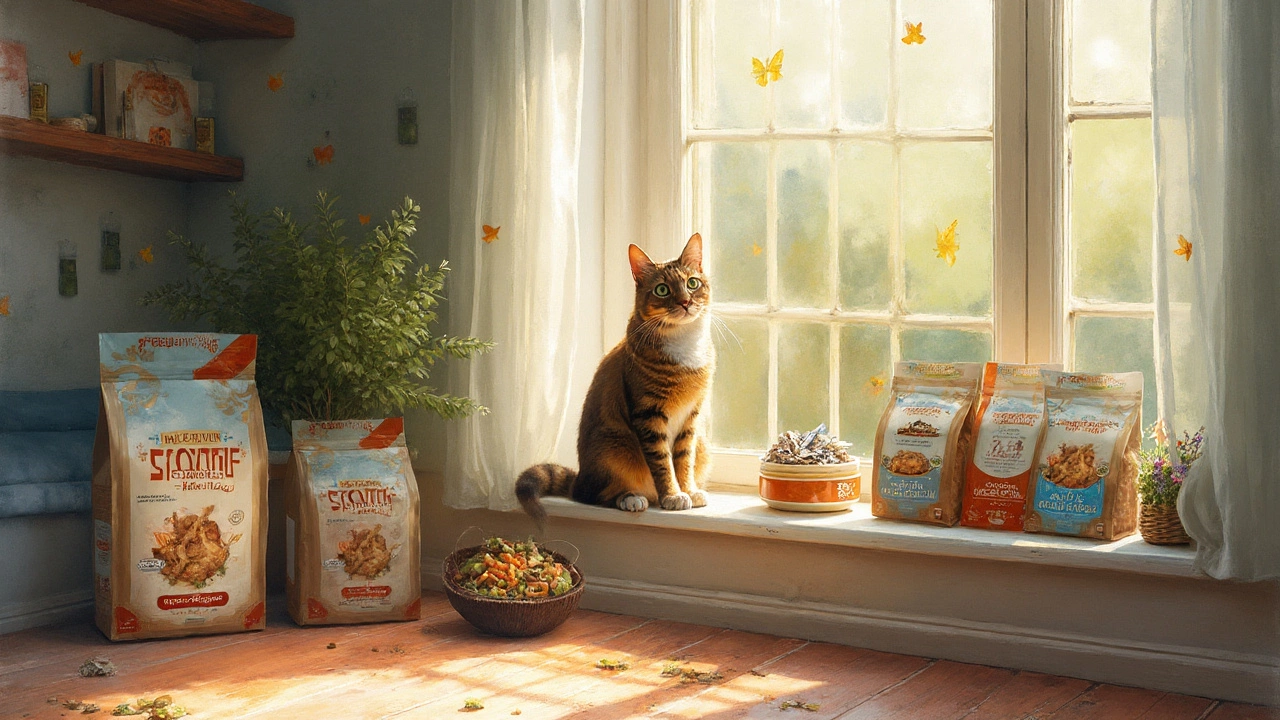Indoor Cat Nutrition: Simple Tips for a Happy, Healthy Cat
If your cat spends most of its time inside, its diet needs a little extra thought. Indoor cats don’t get the exercise they would outdoors, so food choices and feeding habits become the main way to keep them in shape and feeling good.
Choose the Right Food Balance
Wet food is a must‑have for indoor cats. It adds moisture, which helps prevent urinary problems that are common when cats drink only from a bowl. Look for wet cans or pouches with real meat as the first ingredient and low‑grade fillers like corn or wheat minimized.
Dry kibble still has a place, especially if you want to give your cat something to chew on between meals. Pick a high‑protein, low‑carb formula. Too many carbs can lead to weight gain because indoor cats burn fewer calories.
Mixing wet and dry gives the best of both worlds: hydration from the wet and dental benefits from the dry. A typical split is 75% wet, 25% dry, but adjust based on your cat’s appetite and weight.
Portion Control and Feeding Schedule
Measure every serving. A kitchen scale or the scoop that comes with the food works fine. Over‑feeding is the #1 cause of obesity in indoor cats, and extra weight strains joints and can cause diabetes.
Set regular meal times instead of free‑feeding. Two to three meals a day keeps energy steady and helps you spot changes in appetite early. If you need to keep food out while you’re away, use timed dispensers that release a measured amount.Don’t forget treats. Treats should be less than 10% of daily calories. Choose soft, low‑calorie treats or break a piece of wet food into smaller bites.
Hydration matters beyond wet food. Keep a water fountain where the water is always moving. Cats are more likely to drink from a flowing source, and staying hydrated supports kidney health.
Finally, watch your cat’s weight. Feel the ribs— you should be able to feel them without a thick fat layer. If they feel too soft, trim a little food. If they’re hard to feel, add a bit more activity and cut calories.
Indoor cat nutrition is all about balance: moisture, protein, and controlled calories. Stick to high‑quality wet food, add a modest amount of dry kibble, feed on a schedule, and keep water flowing. Your cat will stay lean, hydrated, and ready for those sudden zoomies around the house.
Healthiest Cat Food for Indoor Cats: Top Picks and Nutrition Tips
Wondering what the healthiest cat food for indoor cats is? This guide breaks down what makes the best diet, ingredients to look for, and expert tips for happy, healthy felines.
